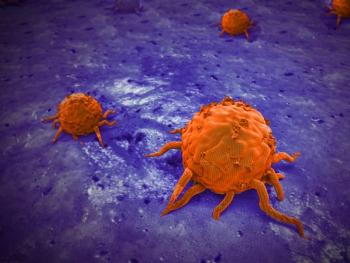
Collaborating to Improve Prostate Cancer Survival, Health Care Utilization
Multidisciplinary collaboration may help in minimizing the treatment burden among patients with prostate cancer, according to Curtiland Deville Jr, MD.
In a conversation with CancerNetwork®, Curtiland Deville Jr, MD, spoke about how collaboration across different departments at his institution helps to improve outcomes among patients who receive treatment for prostate cancer and other malignancies.
Deville, medical director of the Johns Hopkins Proton Therapy Center and clinical director of Radiation Oncology at Johns Hopkins Kimmel Cancer Center at Sibley Memorial Hospital, highlighted how multiple specialists communicate closely with one another to answer questions such as reducing treatment burden for patients. Additionally, he described how this kind of collaboration has demonstrated improvements in survival and health care utilization, as processes like ordering tests become more efficient with teamwork across departments.
Transcript:
At Johns Hopkins and at Sibley, I mentioned I came to Hopkins to work with world-class experts in prostate cancer management. [That means] having the reassurance that the patient is getting the best care no matter which discipline he’s seeing. In cancer management now, it is always multidisciplinary. It’s very rare that only one type of specialist is seeing a [patient with] cancer. As the specialist, we need to be working together. We need to be on the same page and in close collaboration and communication to ensure that the patient is getting the best outcome. From my perspective, how can we minimize the burden to the patient? How can we be proactive and have a very patient-centered approach in making sure they’re able to access and get the information that they need in a way they can digest and not feel like they’re being bounced around from one provider to the next [as] no one’s bringing the full picture together?
We see that outcomes are better with multidisciplinary care, whether it’s survival or even just health care utilization. Ordering tests and things become more efficient when providers communicate together [like] when we talk to the radiologists directly, when we communicate together with the medical oncologists, the radiation oncologists, and the surgical oncologists [to be] on the same page about what are the next steps for this patient’s best management. I truly believe that’s what we find here at Sibley and at Hopkins.
Newsletter
Stay up to date on recent advances in the multidisciplinary approach to cancer.



















































































